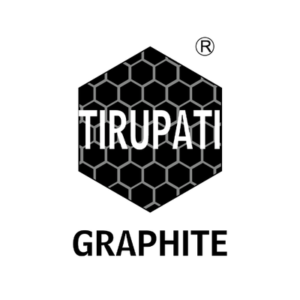Southeast Africa’s graphite producers are set to capitalise on a market shift as global buyers seek to reduce reliance on China. While challenges persist from weak Western battery demand and competition from synthetic graphite, geopolitical tensions and supply concerns are driving a renewed focus on African flake graphite.
The importance of graphite in both steel and electric vehicle (EV) battery production cannot be overstated. It plays a critical role in steel manufacturing and is the heaviest material component in lithium-ion batteries. China has long dominated the graphite supply chain, but trade restrictions and tariffs are accelerating efforts to diversify sourcing. The United States has been particularly vocal about the need to secure critical raw materials from alternative suppliers.
This urgency was further reinforced when China introduced graphite export controls in December 2023. The United States responded by announcing a 25% tariff on Chinese natural graphite imports from 2026 and revoking exemptions on tariffs for both synthetic and natural graphite anode materials. This has made Southeast African countries, with their vast graphite reserves and non-aligned geopolitical stance, attractive to global buyers looking for stable supply options.
In 2024, Africa’s graphite concentrate capacity stood at 1,132,000 tonnes, with an additional 117,000 tonnes expected in 2025. Countries such as Madagascar, Mozambique, and Tanzania hold significant reserves, making them key players in the evolving graphite supply chain. Companies such as Syrah Resources, Madagraphite, Volt Resources, NextSource Materials, Walkabout Resources, and Tirupati Graphite are all actively operating in the region.
Interest in African graphite is rising, particularly from US buyers seeking non-Chinese sources. The CEO of NextSource, which operates Madagascar’s Molo Mine, reported increasing inquiries from US firms and modest price upticks for African flake graphite. The company also highlighted the scarcity of producers outside China that can supply value-added graphite products like expanded graphite foils and anode active material. With Chinese supply disruptions and new import tariffs, these products are expected to see both price increases and stronger demand.
Despite the positive outlook, challenges remain for African producers, including global economic uncertainties that could impact demand. However, the demand for large flake graphite remains strong, particularly for use in refractories and expandable graphite applications. A producer noted that large flakes are globally preferred over fines, and China is facing tight supplies of +80 and +100 mesh graphite, which is unlikely to improve soon. Chinese buyers have already turned to African sources to mitigate their own supply shortfalls.
While potential economic downturns in markets such as Japan could soften demand, the broader trend of supply diversification is expected to benefit Southeast African graphite producers. The combination of geopolitical shifts, increasing supply constraints in China, and steady demand from industrial sectors positions Africa as a critical player in the global graphite market in 2025 and beyond.
Southeast Africa’s graphite industry stands at the intersection of global trade realignments and rising material demands, offering a compelling investment opportunity as supply chains evolve.
Tirupati Graphite PLC (LON:TGR) is a fully integrated specialist graphite and graphene producer, with operations in Madagascar and Mozambique. The Company is delivering on this strategy by being fully integrated from mine to graphene. Its global multi-location operations include primary mining and processing in Madagascar, hi-tech graphite processing in India to produce specialty graphite, and a state-of-art graphene and technology R&D center to be established in India.


